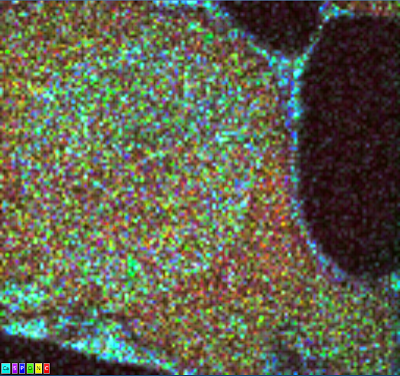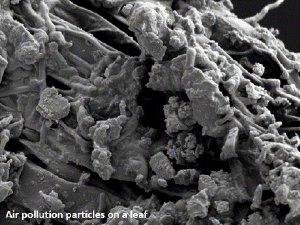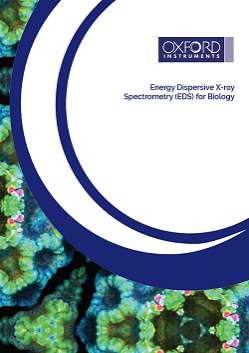Imaging the natural world
In this webinar, we will be discussing microscopy art, how EDS can be used to provide striking and informative images about biological samples and how they have used this technique to explore the topic of air pollution as part of an ongoing collaborative project spanning both art and science.







